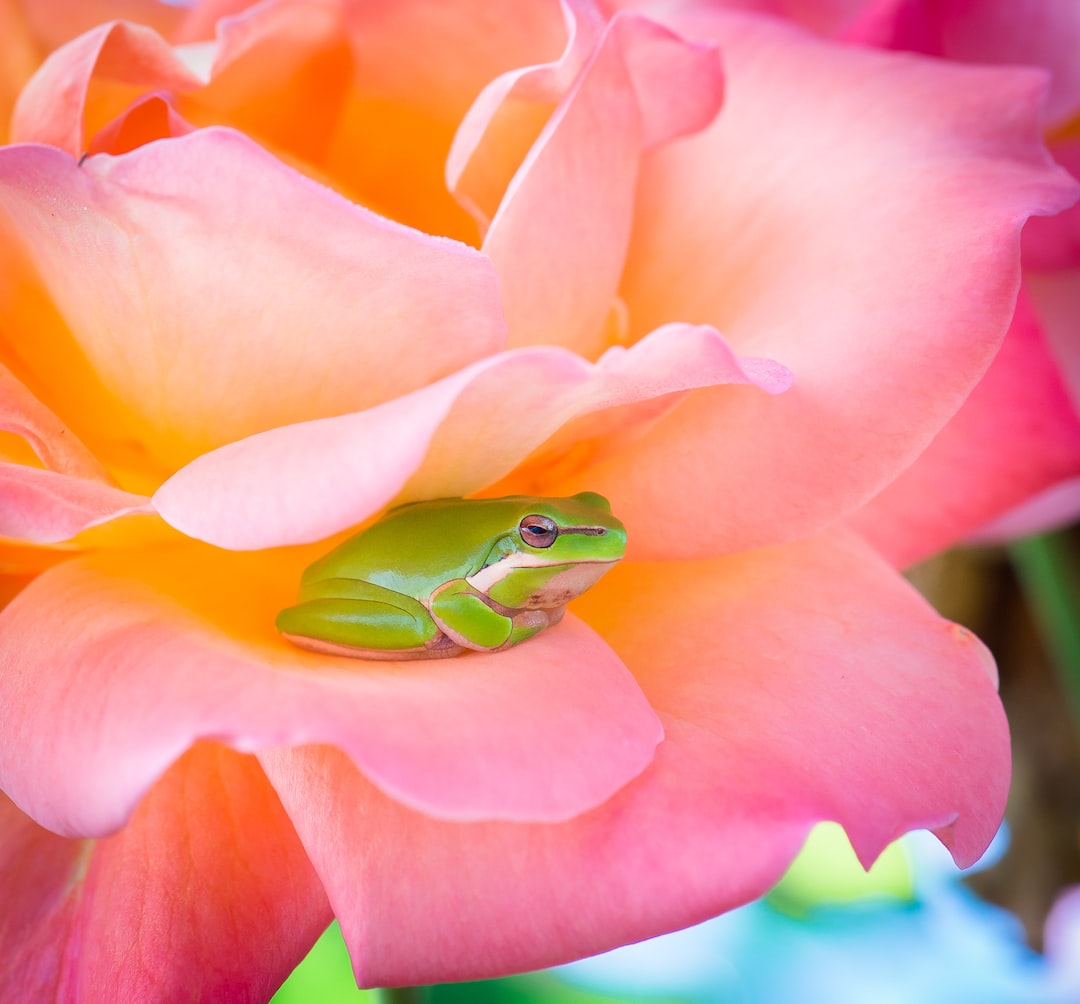Discovering the Cancer-Fighting Superpowers of Certain Animals
Cancer has been a dreaded disease that has affected millions of lives worldwide. Numerous efforts have been made to find a cure or develop effective treatments for different types of cancer. Surprisingly, scientists have found inspiration in the animal kingdom, discovering certain species that possess exceptional cancer-fighting abilities. These animals have provided us with valuable insights into potential treatments and prevention methods. Let’s explore some of these incredible creatures and their cancer-fighting superpowers.
1. Naked Mole Rats:
Despite living in an oxygen-deprived environment, naked mole rats have a remarkably low cancer rate. These small, hairless rodents are naturally resistant to cancer due to unique cellular mechanisms. Unlike other mammals, their cells produce a substance called high molecular mass hyaluronan (HMM-HA), which prevents tumors from growing and spreading. Scientists are studying this substance to develop anti-cancer therapies for humans.
2. Elephants:
Elephants are renowned for their intelligence and sociability. However, what’s truly fascinating about these gentle giants is their incredibly low rate of cancer incidence. Scientists have discovered that elephants possess additional copies of a cancer-suppressing gene called TP53. This gene plays a vital role in preventing tumors by triggering cell death. Understanding and harnessing the potential of TP53 could lead to the development of new cancer treatments.
3. Horseshoe Crabs:
Horseshoe crabs are known for their unique blue blood, which contains a powerful compound called Limulus Amebocyte Lysate (LAL). This compound can quickly detect the presence of bacteria in medical equipment, making it an essential tool in ensuring the safety of intravenous drugs and vaccines. Its potential role in cancer treatment has also been investigated, as studies have shown that LAL can inhibit the growth of certain types of cancer cells. Further research could unveil its full therapeutic potential.
4. Tasmanian Devils:
Tasmanian devils, the carnivorous marsupials native to Australia, face a unique challenge known as Tasmanian devil facial tumor disease (DFTD). This contagious form of cancer has decimated their population, but it has provided valuable insights into the immune system’s response to cancer. Scientists have discovered that the devils’ immune system recognizes foreign physical molecules called allografts, which are found in DFTD tumors. This knowledge could help advance the development of immunotherapies for various cancers.
5. Vampire Bats:
Vampire bats might not be the most appealing creatures, but their saliva contains an extraordinary ingredient – a protein called Draculin. Research has shown that Draculin has anticoagulant properties that could be used in cancer treatments. By inhibiting blood clotting, it may help prevent cancer cells from forming dangerous clots and spreading throughout the body.
In conclusion, nature never ceases to amaze us with its incredible biodiversity and the potential it holds for medical advancements. By studying animals with natural resistance to cancer, scientists have gained valuable insights that may shape the future of cancer treatment. From naked mole rats and elephants to horseshoe crabs, Tasmanian devils, and vampire bats, each species presents a unique aspect that could contribute to the development of new therapies or prevention methods. The hope is that this research will lead to more effective and less invasive treatments, ultimately improving the lives of countless cancer patients worldwide. As we continue exploring the wonders of the animal kingdom, there is a glimmer of hope that one day we will unlock the full potential of their cancer-fighting superpowers.
